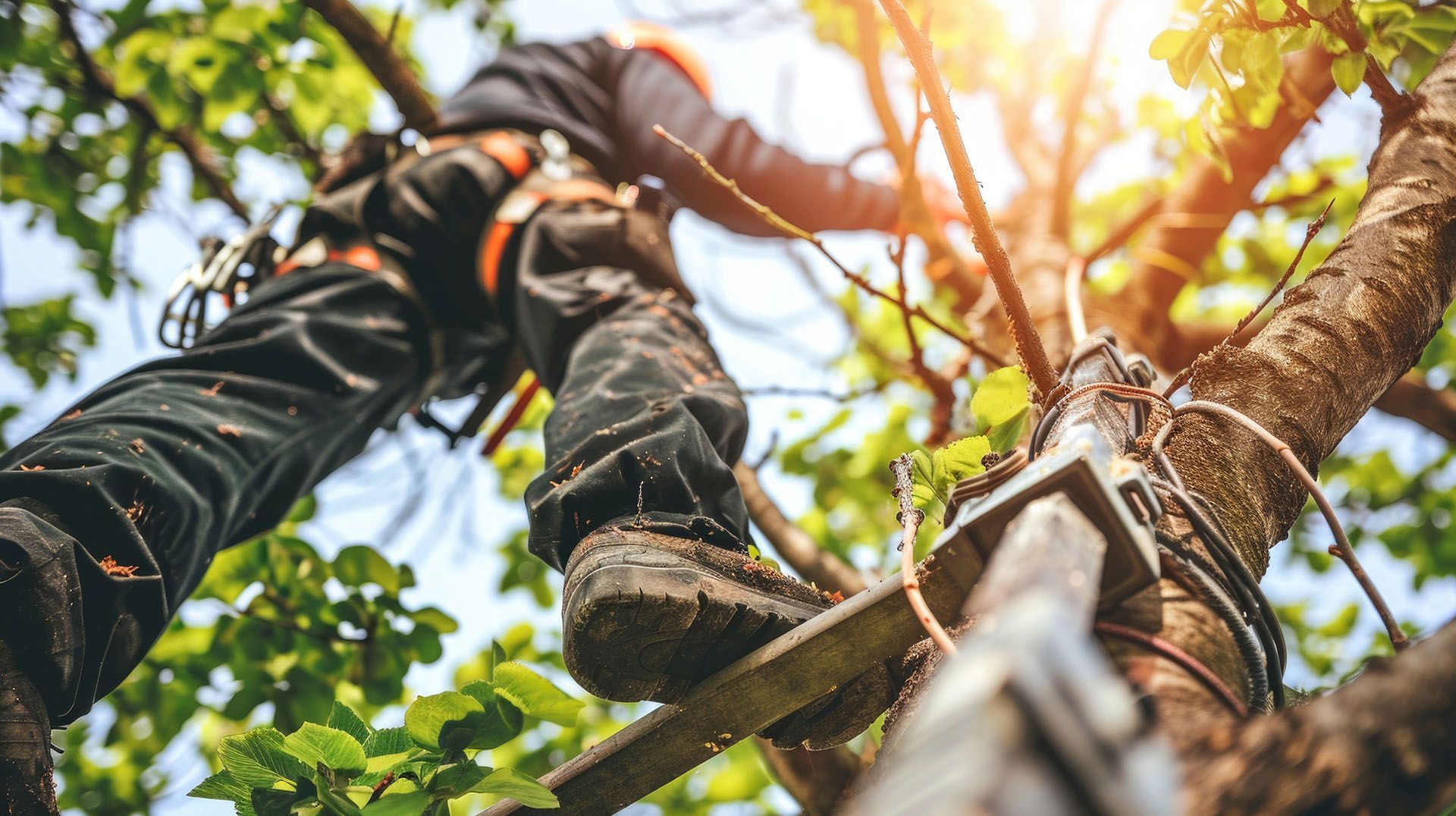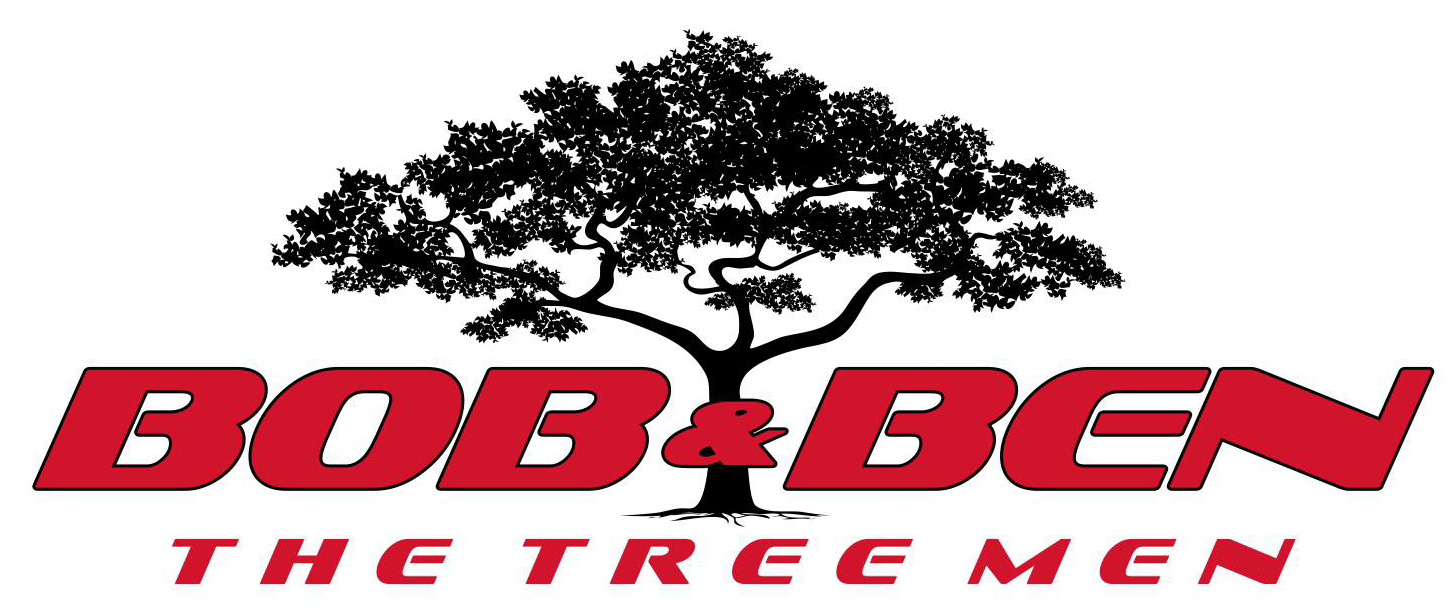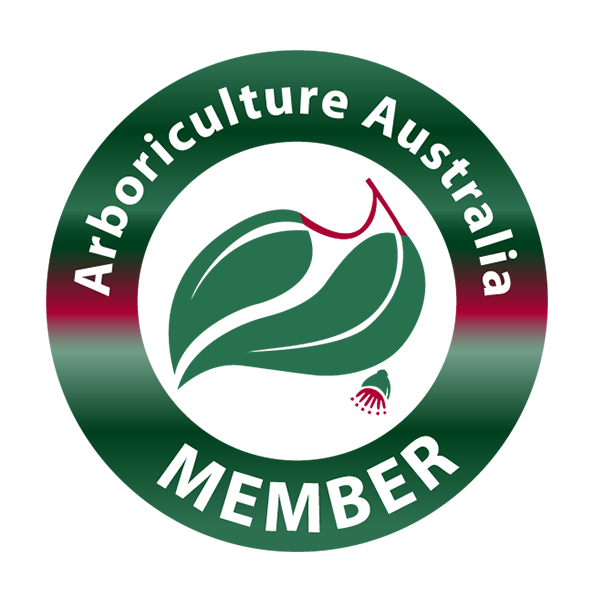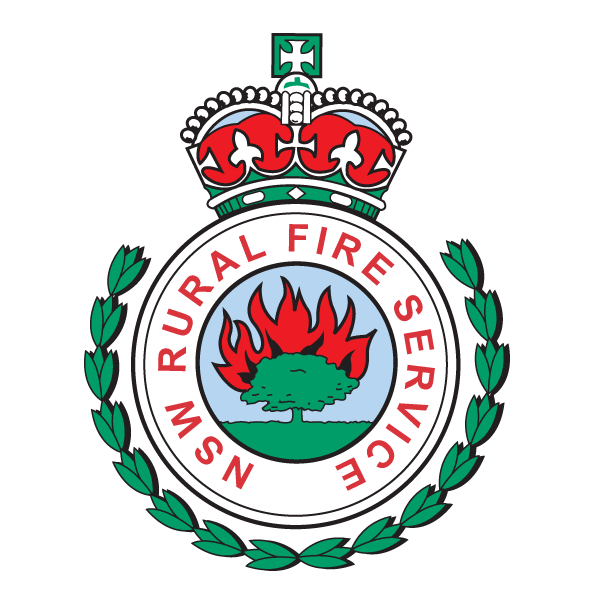Why Keeping Trees Can Help During a Bushfire (and Why Pruning Is Better Than Removal)

Every year as bushfire season approaches, homeowners across Australia spring into action. They clear gutters, check their emergency plans, move flammable materials away from the house, and make sure hoses and sprinklers are ready to go. Reducing risks becomes a top priority, especially in bushfire-prone regions where even a few minutes of preparation can make a difference.
And when it comes to managing vegetation, many homeowners instinctively reach for the chainsaw. It feels logical to remove trees close to the house to reduce fuel for fires. However, real-world experience shows that having well-maintained trees around your property can actually help protect it. The key is regular pruning and smart vegetation management, not wholesale removal.
Trees as Natural Defenders Against Fire
Healthy, established trees play a surprising protective role during a bushfire. Rather than acting solely as fuel, they can create a cooler, moister microclimate around your property. This can reduce wind speed, intercept embers, and limit the spread of radiant heat.
When trees form a closed canopy, they can block airborne embers from reaching the ground. The shade they provide also keeps the understorey vegetation, like grasses and shrubs, less dry, making it less likely to ignite. Studies in bushfire-prone regions of Australia have found that homes surrounded by well-spaced, maintained trees often fare better than those in cleared, exposed landscapes.
In contrast, removing all vegetation can leave your property open to intense winds. These winds can drive embers directly toward your home, while dry soil and exposed conditions can accelerate the ignition of anything flammable.
Why Pruning Is More Effective Than Removal
Complete removal of trees is rarely the best approach. Instead, professional tree pruning allows you to manage fire risk without losing the ecological and protective benefits trees provide. By pruning branches, removing dead wood, and creating vertical and horizontal separation between vegetation layers, you significantly reduce potential fire intensity.
Here are a few reasons pruning is a smarter strategy:
Reduced Ember Pathways
Lower branches that hang close to the ground can act like ladders, allowing flames to climb into the canopy and spread through the treetops. Pruning lifts the canopy and breaks this “ladder effect,” which reduces the chance of crown fires. Research from fire authorities such as the CFA and NSW RFS shows that well-maintained trees with elevated canopies are far less likely to ignite compared to dense, unpruned vegetation.
Improved Airflow
When branches are thinned and spaced correctly, air can circulate more freely through the canopy. This lowers humidity build-up and reduces the accumulation of dry leaves, bark, and twigs beneath the tree. Improved airflow also helps keep the area cooler and less flammable during extreme heat, slowing down how quickly a ground fire can spread.
Controlled Growth
Unchecked growth can push branches dangerously close to homes, fences, and powerlines — all potential ignition points during a bushfire. Regular trimming creates safe clearances, typically two metres above the ground and at least two metres from structures. It also keeps access paths clear for firefighters and reduces the risk of sparks catching on dry, overhanging foliage.
Healthier Trees
Dead, diseased, or overcrowded branches dry out quickly and become easy fuel during fire season. Removing this material improves a tree’s structure, encourages new growth, and helps it retain moisture. Healthy, hydrated trees are naturally more resistant to heat and ember attack, while stressed or dying ones are far more likely to ignite.
Balancing Safety & Ecology
When managed well, trees can play an active role in reducing fire risks while supporting the surrounding environment. They help stabilise soil, reduce erosion after a fire, and provide valuable habitat for native wildlife. Over-clearing, particularly in bushland or semi-rural areas, can upset this balance, removing natural defences and sometimes even increasing fire intensity in the long run.
Australia’s native ecosystems evolved with fire, and many tree species, such as eucalypts, regenerate rapidly. A carefully pruned eucalypt can still offer shade and wind protection while minimising fire risk. What matters most is spacing and maintenance, not elimination.
When creating a bushfire management plan, consider a balance between fuel reduction and environmental preservation. Removing a few high-risk trees (such as those with hollows filled with debris or limbs overhanging your roof) may be appropriate, but widespread clearing often causes more harm than good.
Practical Tree Management Tips for Bushfire Safety
If you live in a bushfire-prone area, a proactive tree maintenance routine can make a real difference. Here are some best practices recommended by arborists and fire safety authorities:
- Maintain spacing: Keep tree canopies at least two to five metres apart, depending on species and size. This limits the potential for fire to leap from tree to tree.
- Clear lower limbs: Prune branches so that the lowest limbs are at least two metres above the ground.
- Regularly remove leaf litter: Clean gutters, roofs, and around the base of trees to prevent ember ignition.
- Avoid flammable undergrowth: Replace dry grasses or shrubs with low-flammability native plants.
- Trim seasonally: Schedule pruning before the peak of the bushfire season, typically in late winter or early spring.
- Consult professionals: Engage a qualified and experienced arborist who understands both tree health and fire risk management.
Common Misconceptions About Trees & Fire
Many homeowners believe that trees automatically increase bushfire risk, but this is a misunderstanding. Problems usually arise from poorly managed trees rather than their presence. For instance, dense, dry, and unpruned vegetation can indeed act as fuel, but a green, healthy tree with adequate clearance often protects structures from radiant heat.
Another misconception is that all native trees are dangerous during fires. In reality, many Australian natives such as spotted gum or angophora species have thick bark and self-shedding habits that help them survive and slow the spread of flames.
Working With Nature, Not Against It
Fire-resilient landscaping is about working with the natural environment, not stripping it bare. Trees can act as shields when managed strategically. They reduce the impact of high winds, trap embers before they reach buildings, and maintain moisture in the surrounding soil.
Rather than seeing trees as hazards, view them as assets that require responsible upkeep. Regular pruning, proper spacing, and removal of dead materials create a safer and more sustainable balance between bushfire preparedness and environmental health.
Final Thoughts
Bushfire preparation starts with good planning and practical maintenance. Trees that are healthy and properly pruned can shield your home from wind and embers, keep the ground cooler, and slow the spread of flames.
If you’re unsure which trees pose a risk, have a qualified arborist inspect them and recommend pruning or removal where necessary. This approach protects your property while keeping the natural landscape intact. Managing trees wisely helps create a safer, stronger environment for you and your community.
Work With the Tree Care Experts
At Bob & Ben The Tree Men, we help homeowners prepare for bushfire season with professional tree pruning and maintenance services. Our experienced team understands how to reduce fire risk while keeping your trees healthy and your property looking its best. We’ll assess your trees, identify potential hazards, and provide practical solutions to improve the safety of your property without removing the natural shade, character, and protection your trees provide.

Over 25 years ago, Bob and Ben planted the seeds of what would become one of the most popular and trusted tree service businesses in the Sutherland Shire.
Get your FREE tree lopping quote today!
Let Bob and Ben The Tree Men get to the root of all your tree problems. Contact us today to receive your personalised quote.





